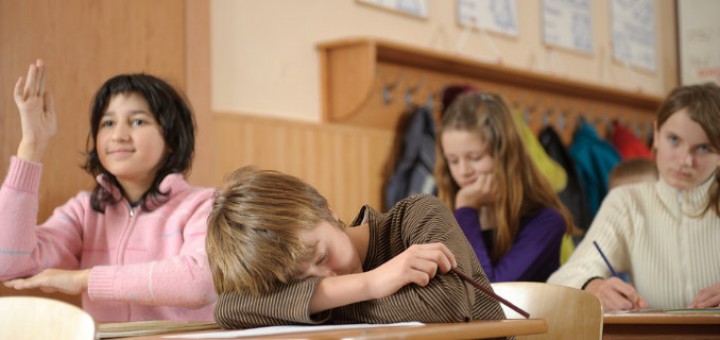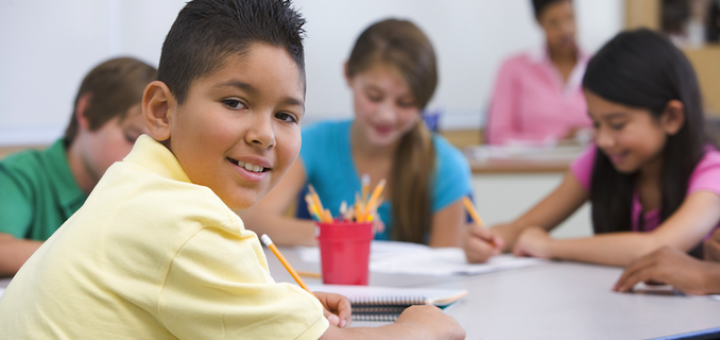Teaching and learning in grades 4-8
If you share teaching responsibilities in an inclusion classroom, teaching coach Elizabeth Stein suggests you take time over the holidays to reflect on the three traditions of successful co-teaching partnerships: communication, respect and persistence.
With listening now included among the CCSS anchor skills, how can educators help students become more adept at tuning in? Veteran public radio reporter Monica Brady-Myerov heads Listen Current, a service offering teachers free content and lessons plans.
When Kevin Hodgson shared a heartfelt reflection with the Slice of Life teacher writing community, the supportive and encouraging comments he received from online colleagues “were like lifelines to me.” He highly recommends the Tuesday writing activity.
When teachers across the content areas put the ideas in Janet Allen’s Tools for Teaching Academic Vocabulary to work, their students will feel as if they truly own their vocabulary and want to share and celebrate it, says teacher-reviewer Linda Biondi.
Student disengagement is a major challenge for middle school teachers, says NSF-funded researcher Jennifer A. Fredricks, who offers strategies to build community and craft learning opportunities that encourage students to actively participate and succeed.
When students created a current issues exploratory, Jody Passanisi found they not only showed great compassion and understanding–as well as anger–about world events, but they stepped up to lead the class and drive an open, research-supported inquiry.
Reviewer Joy Kirr stopped often during her reading of 8 Myths of Disengagement so she could include ideas in lessons or share them with coworkers. Kirr highly recommends the book to teachers who want to take a fresh look at engagement based on research.
Examining the Evidence explains seven strategies to engage with primary sources, all easily understood by students. Aligned to specific Common Core standards, the strategies are useful in K-8 classrooms beyond social studies, says reviewer Nicole Miller.
The best way to help students learn to appreciate grammar, say authors Lynne Dorfman & Diane Dougherty, is by teaching it seamlessly within the workshop model. The Writing Project veterans share secrets for sustaining a writers community in your classroom.
Have you ever been told that teachers in co-taught classrooms shouldn’t be distinguishable? Special educator Elizabeth Stein never felt comfortable with that concept, and a recent workshop with co-teaching expert Marilyn Friend helped her understand why.







































